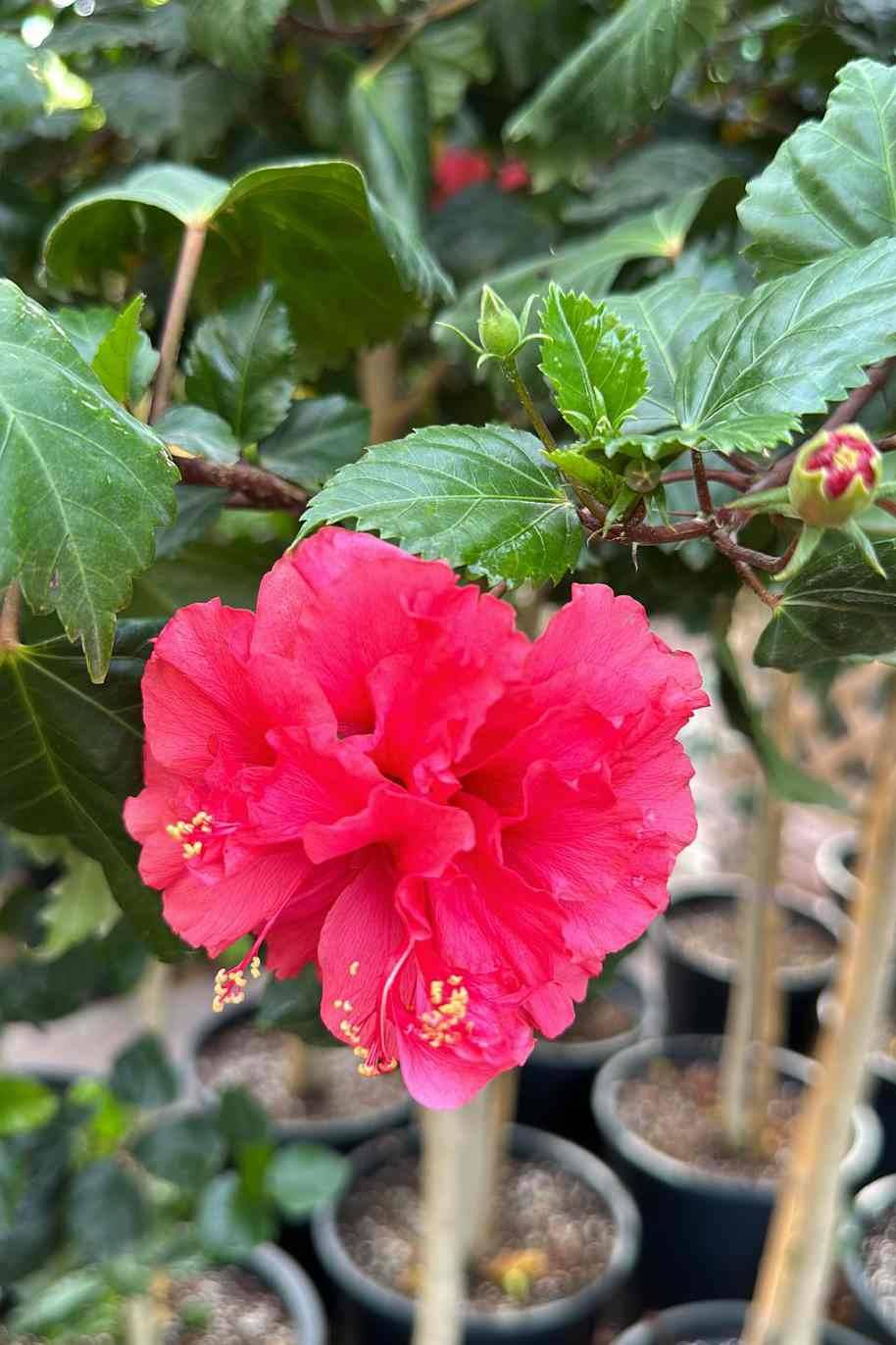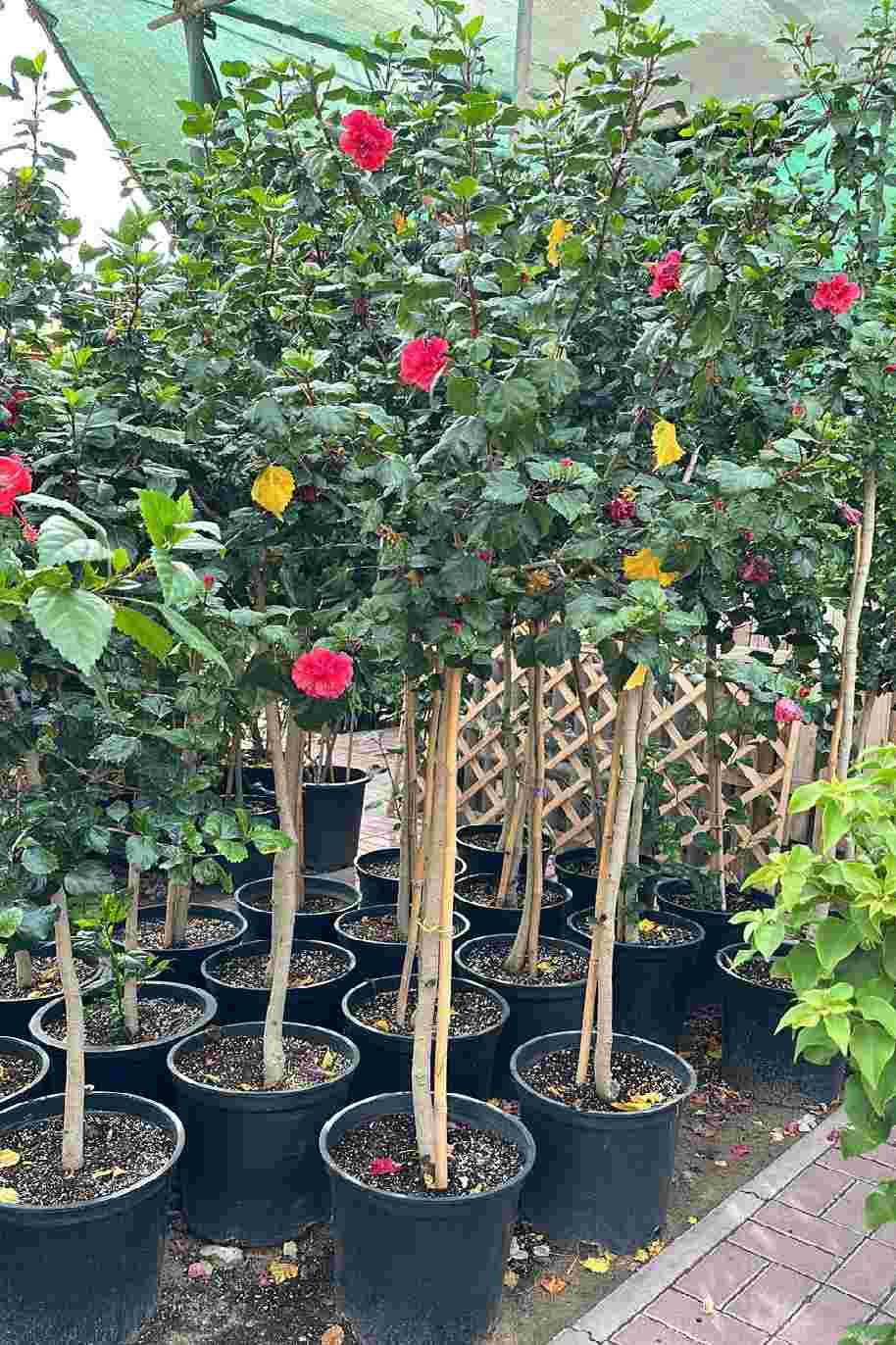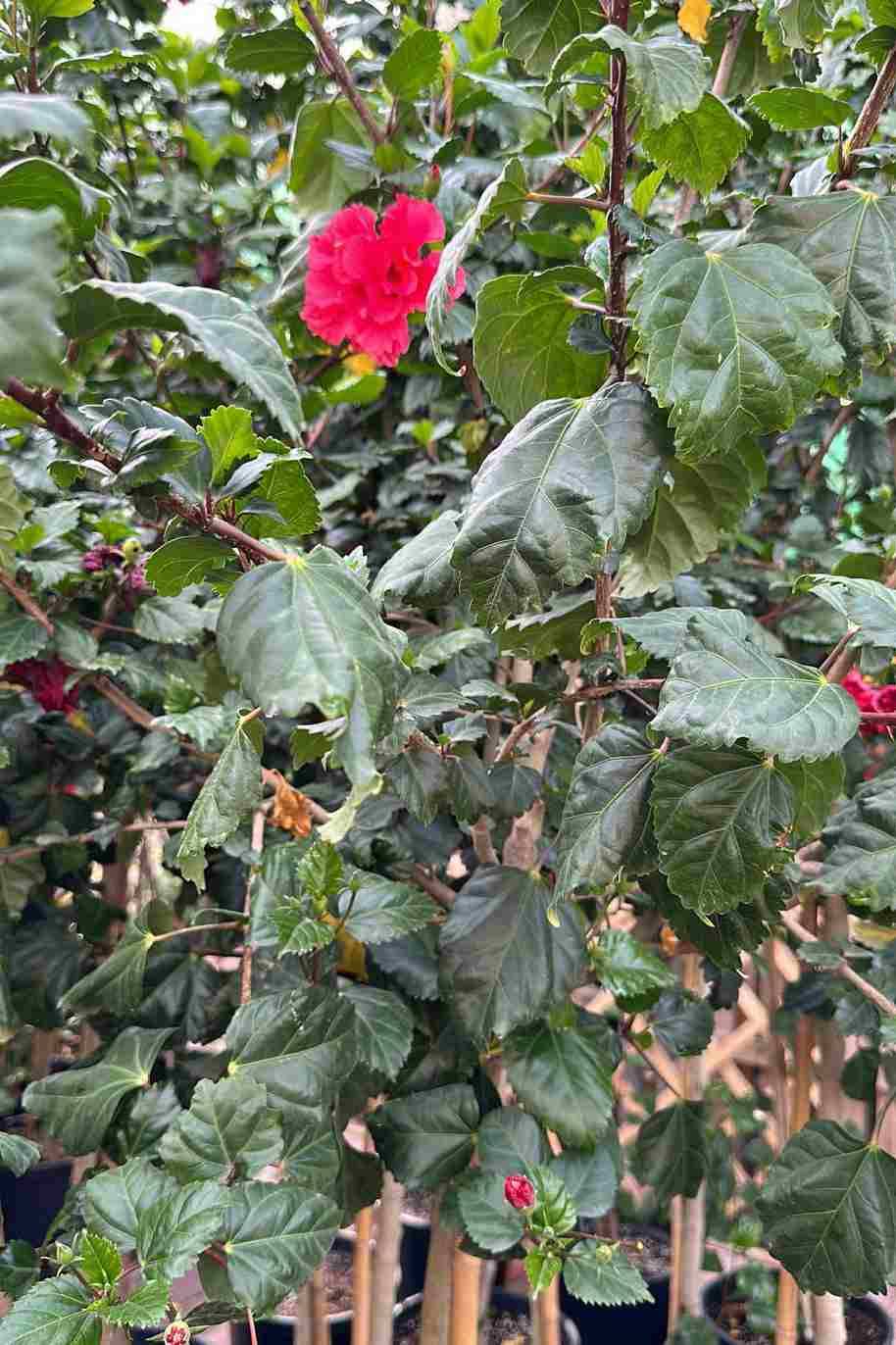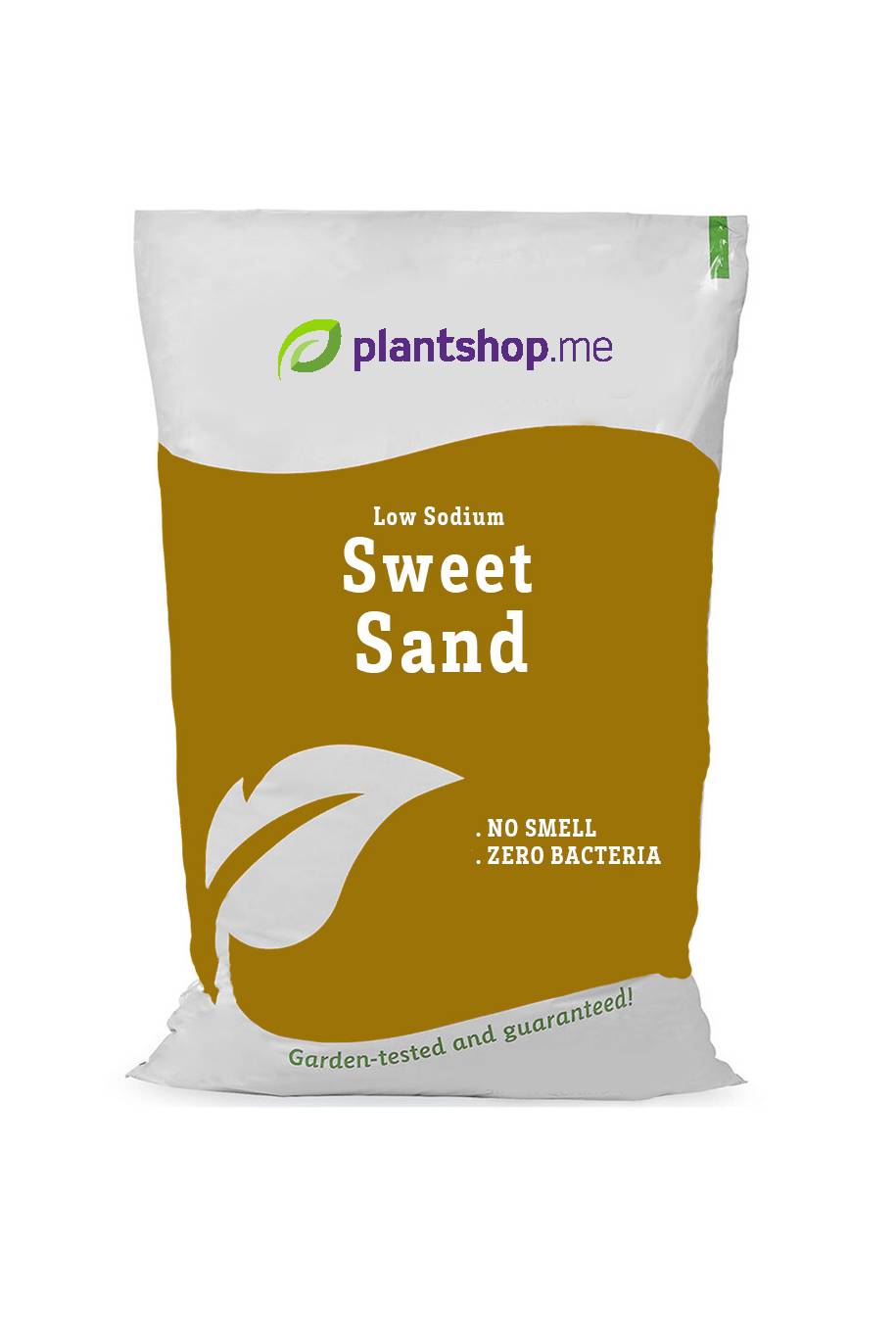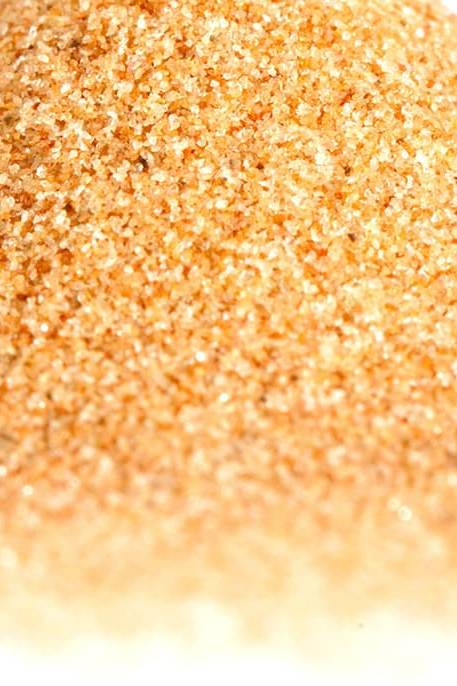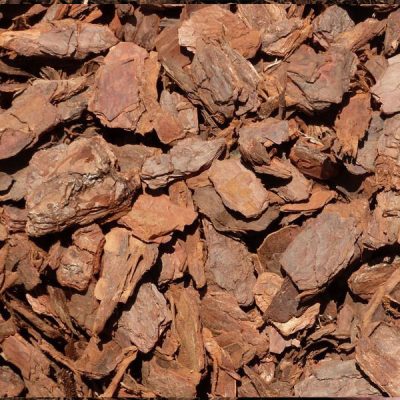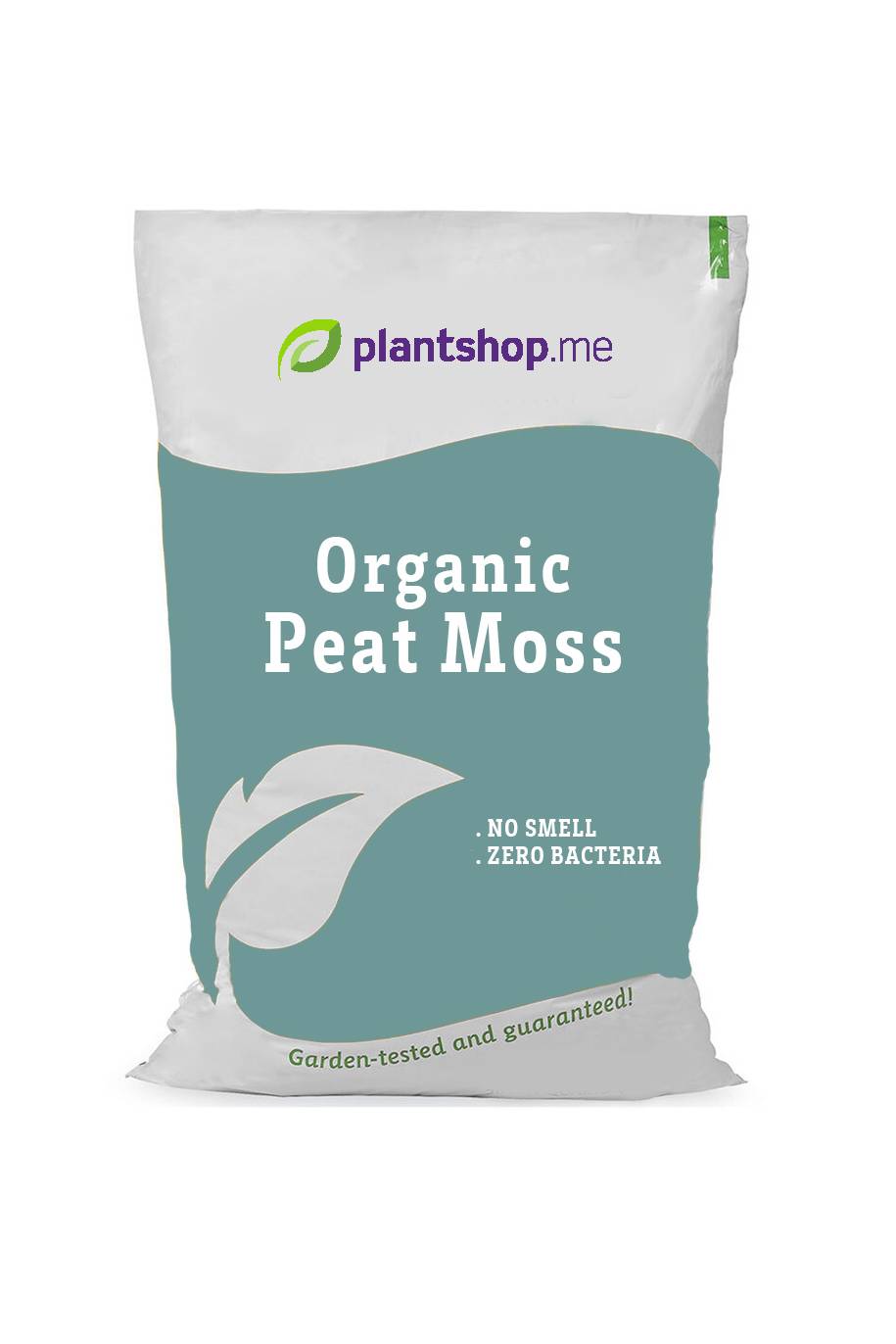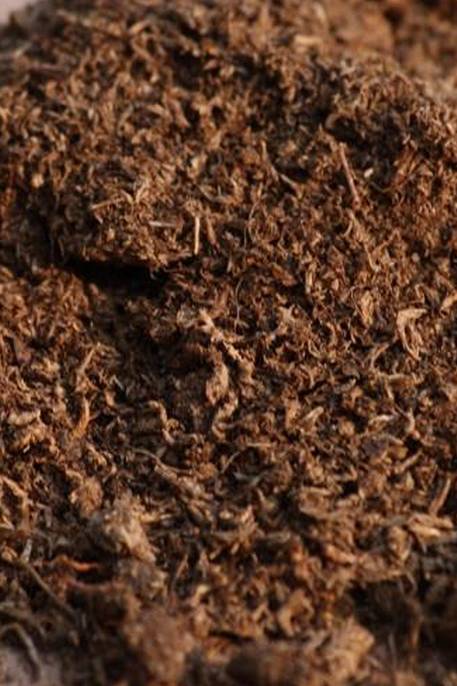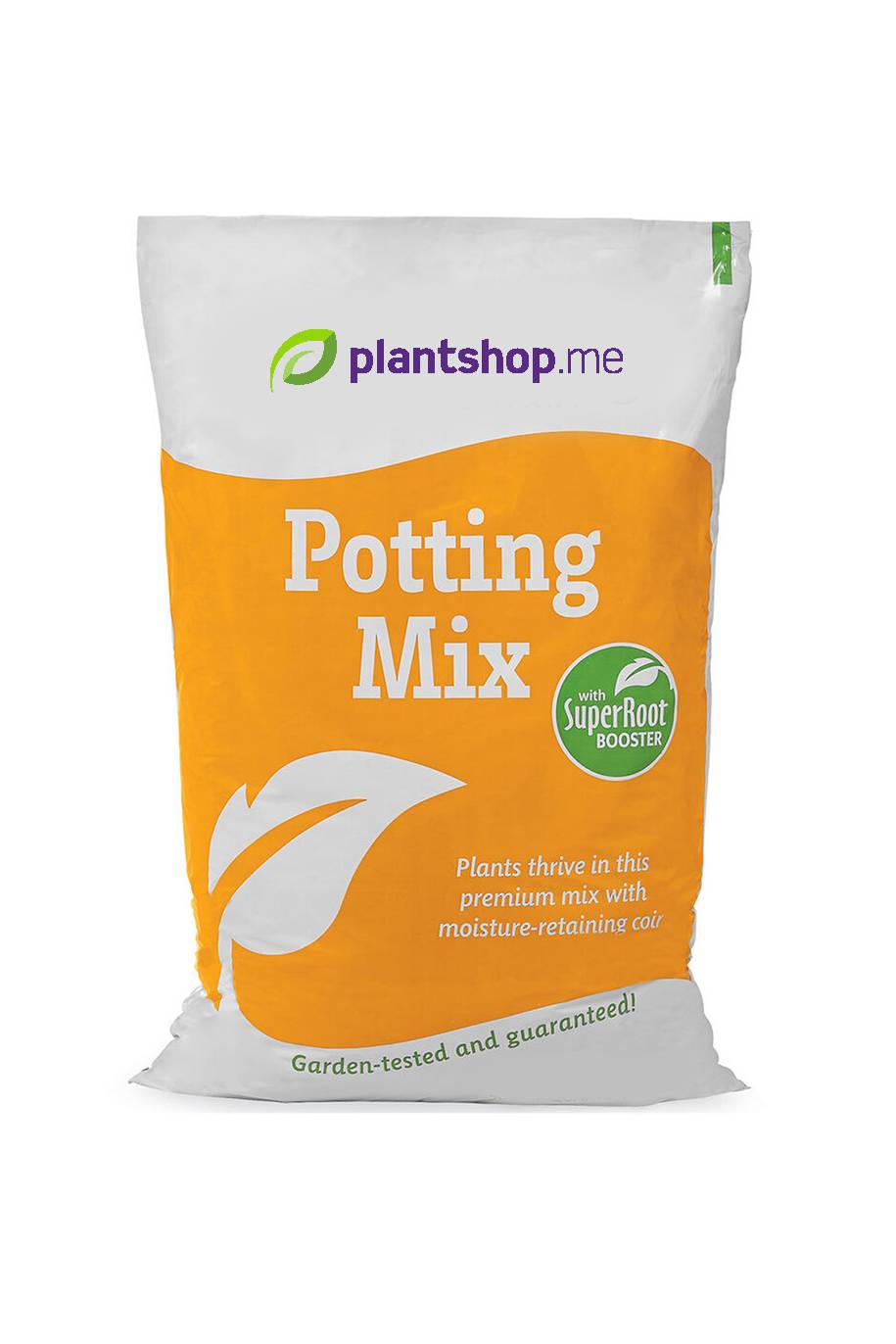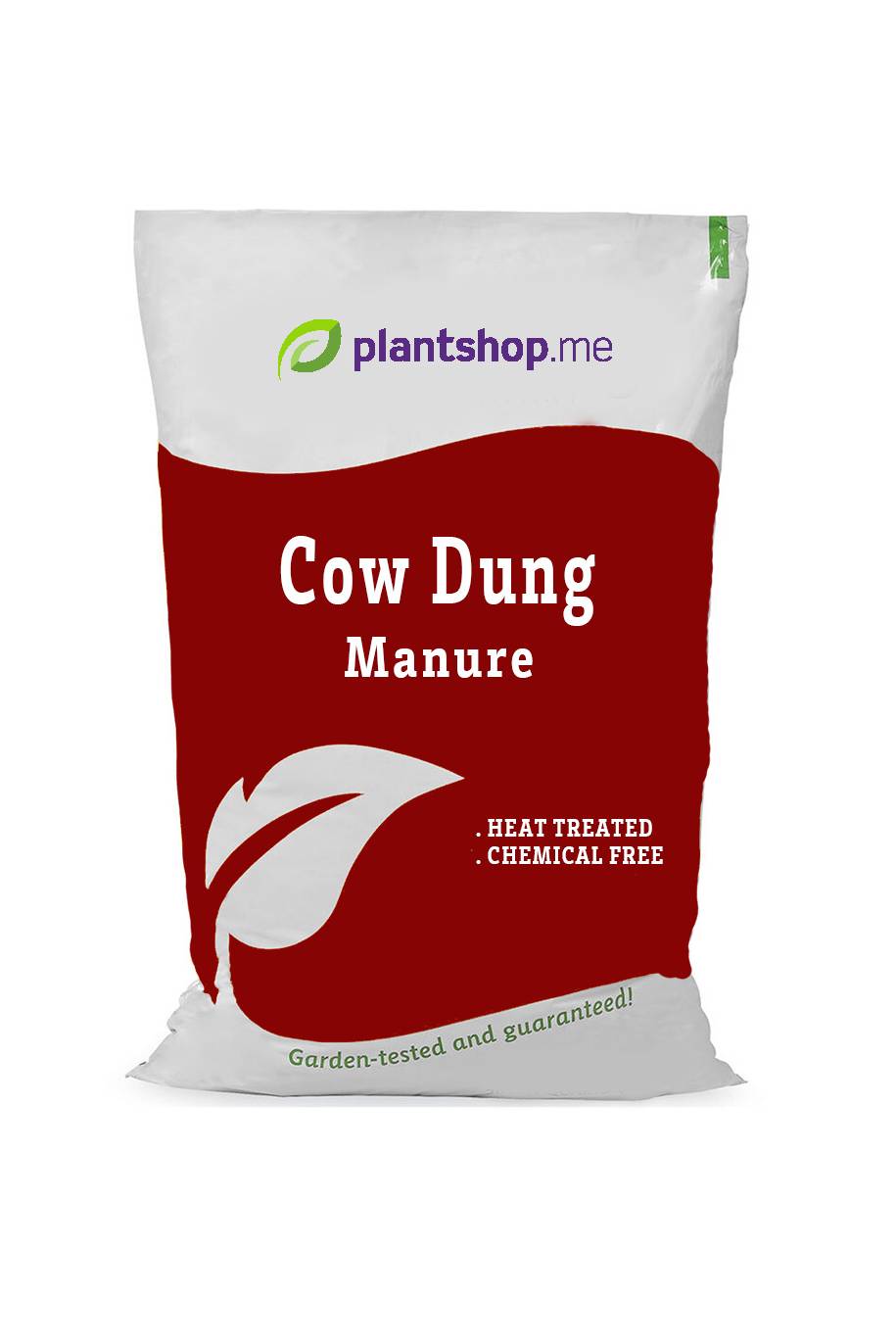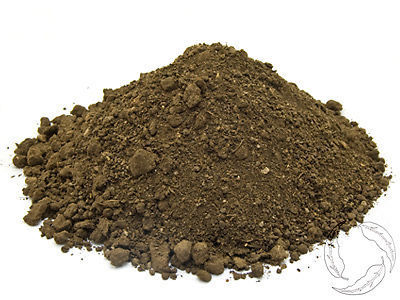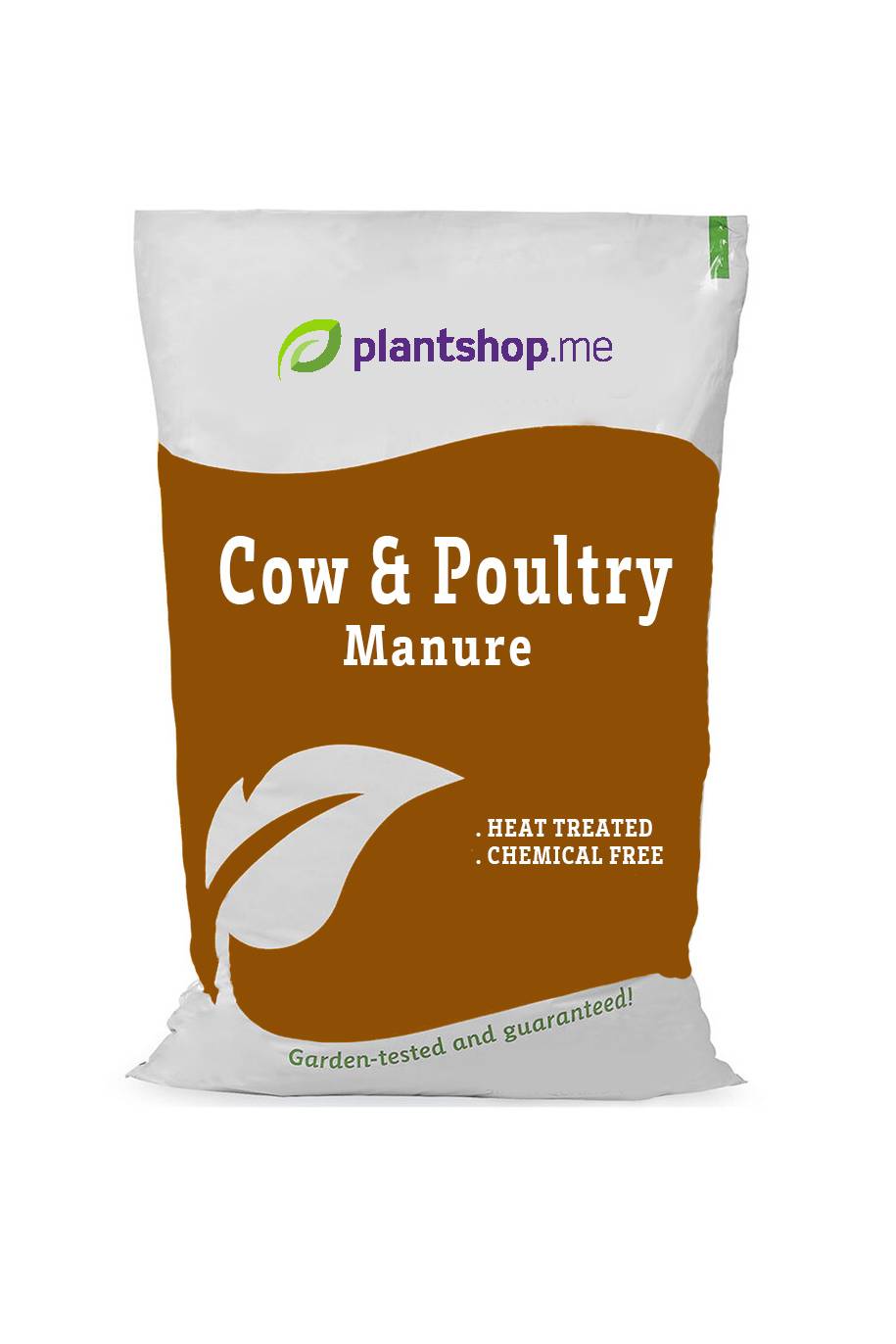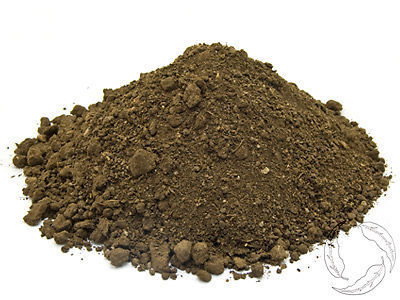Plant Bio
Hibiscus is a genus of flowering plants that belongs to the family Malvaceae. There are hundreds of species of Hibiscus, but the most commonly cultivated are Hibiscus rosa-sinensis (Tropical Hibiscus) and Hibiscus syriacus (Rose of Sharon). Here is a general description and care guide for Hibiscus:
Description:
Flowers: Hibiscus plants are known for their large, showy flowers that come in a wide range of colors, including red, pink, yellow, orange, and white. The flowers typically have five overlapping petals and a prominent staminal column in the center.
Leaves: The leaves of Hibiscus are usually dark green and have a glossy texture. They are often lobed or serrated, depending on the species.
Growth habit: Hibiscus can be either deciduous or evergreen, depending on the variety and climate. They can grow as shrubs or small trees, with heights ranging from a few feet to over 10 feet (3 meters).
Blooming period: Hibiscus flowers typically bloom during the warm months of spring and summer. Some varieties may have sporadic blooms throughout the year.
Care:
Sunlight: Hibiscus plants thrive in full sun, meaning they need at least 6 to 8 hours of direct sunlight each day to produce abundant blooms. Place them in a location with maximum sunlight exposure.
Temperature: Most Hibiscus varieties prefer warm temperatures between 60°F and 90°F (15°C to 32°C). They are tropical or subtropical plants and may suffer damage or die if exposed to frost or freezing temperatures.
Watering: Keep the soil consistently moist but not waterlogged. Water the plant deeply whenever the top inch (2.5 cm) of soil feels dry. Avoid letting the soil dry out completely between waterings, as this can cause stress and affect flowering.
Soil: Plant Hibiscus in well-draining soil that is rich in organic matter. The soil should be slightly acidic to neutral, with a pH range of 6.0 to 7.0. If your soil is heavy or clayey, consider adding organic compost or peat moss to improve drainage.
Fertilization: Feed Hibiscus regularly with a balanced, slow-release fertilizer during the growing season. Follow the package instructions for the appropriate application rate. You can also supplement with liquid fertilizer every 4 to 6 weeks for more vigorous growth and blooming.
Pruning: Hibiscus plants benefit from regular pruning to maintain their shape and encourage bushier growth. Prune in late winter or early spring before new growth emerges. Remove any dead, damaged, or overgrown branches, and pinch back the tips to promote branching and more flower production.
Pests and diseases: Hibiscus can be susceptible to aphids, whiteflies, and spider mites. Regularly inspect your plants for signs of pest infestation, such as distorted leaves or sticky residue. Treat pests with appropriate insecticidal soap or horticultural oil. Also, be on the lookout for fungal diseases like leaf spot or powdery mildew. Provide good air circulation and avoid overhead watering to reduce the risk of diseases.
Winter care: If you live in a region with cold winters, protect your Hibiscus plants from frost or freezing temperatures. Consider moving potted plants indoors or to a sheltered location, or cover them with frost blankets. Mulching around the base of the plant can also help insulate the roots.
Hibiscus plants are stunning additions to gardens and landscapes, providing vibrant flowers and lush foliage. With proper care, including ample sunlight, regular watering, well-draining soil, and occasional pruning and fertilization, you can enjoy the beauty of Hibiscus in your garden.





